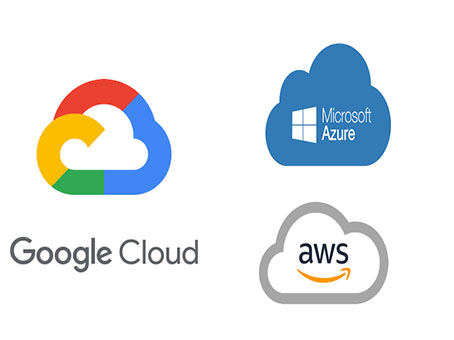
DDoS Protection
DDoS (Distributed Denial of Service) protection involves strategies and tools designed to defend against attacks that aim to overwhelm a network, service, or application by flooding it with excessive traffic. Here’s an overview of DDoS protection, its types, strategies, and best practices:
DDoS Protection
Understanding DDoS Attacks:
- Definition: A DDoS attack uses multiple compromised devices (often part of a botnet) to flood a target with traffic, causing service outages.
- Types of DDoS Attacks:
- Volume-based Attacks: Overwhelm bandwidth (e.g., UDP floods).
- Protocol Attacks: Exploit weaknesses in layer 3 and layer 4 protocols (e.g., SYN floods).
- Application Layer Attacks: Target specific applications (e.g., HTTP floods).
DDoS Protection Strategies:
- Traffic Analysis and Monitoring
- Real-Time Monitoring: Implement tools to monitor network traffic for unusual patterns indicative of an attack.
- Baseline Traffic Patterns: Establish baseline metrics for normal traffic to identify anomalies quickly.
- Rate Limiting
- Throttling Requests: Set limits on the number of requests a user can make in a given time frame to mitigate excessive traffic from a single source.
- Web Application Firewalls (WAF)
- Application Layer Protection: Deploy WAFs to filter and monitor HTTP traffic, blocking malicious requests and mitigating application-layer DDoS attacks.
- Traffic Filtering and Scrubbing
- Filtering Mechanisms: Use techniques to filter out malicious traffic while allowing legitimate traffic to flow through.
- Traffic Scrubbing Services: Route traffic through a scrubbing center that cleanses it of harmful requests before it reaches your network.
- Content Delivery Network (CDN)
- Distributing Traffic: Utilize CDNs to distribute traffic across multiple servers, reducing the load on the primary server and enhancing availability.
- Caching Content: CDNs can cache static content, further reducing the need to retrieve it from the origin server.
- Anycast Network
- Distributed IP Addressing: Use anycast routing to distribute traffic across multiple data centers, which can absorb larger traffic volumes.
- Incident Response Plan
- Preparedness: Develop and maintain an incident response plan that includes protocols for identifying, mitigating, and recovering from DDoS attacks.
- Drills and Testing: Regularly test the response plan to ensure that all stakeholders know their roles during an attack.
Best Practices for DDoS Protection:
- Layered Defense: Implement multiple layers of security measures, combining different strategies for enhanced protection.
- Engage with DDoS Protection Providers: Consider partnering with specialized DDoS mitigation services like Cloudflare, Akamai, or AWS Shield for additional support and expertise.
- Regular Updates and Patching: Keep all systems and applications updated to protect against known vulnerabilities that could be exploited during attacks.
- Backup Resources: Maintain redundant systems and backup resources to quickly recover services if they go down.
- Educate Employees: Train employees on security awareness and best practices to help them recognize and respond to potential threats.
Conclusion:
DDoS protection is essential for maintaining the availability and reliability of online services. By implementing a comprehensive DDoS protection strategy, organizations can minimize the risk of disruptions and ensure that their systems remain operational, even in the face of attacks.
24x7 Online Expert Support
